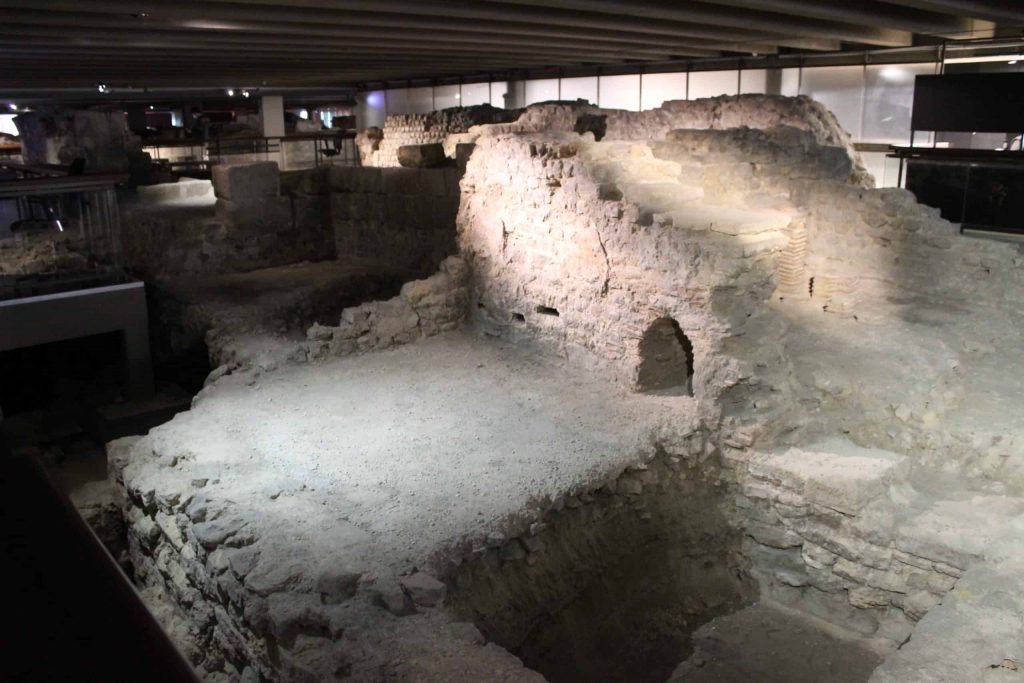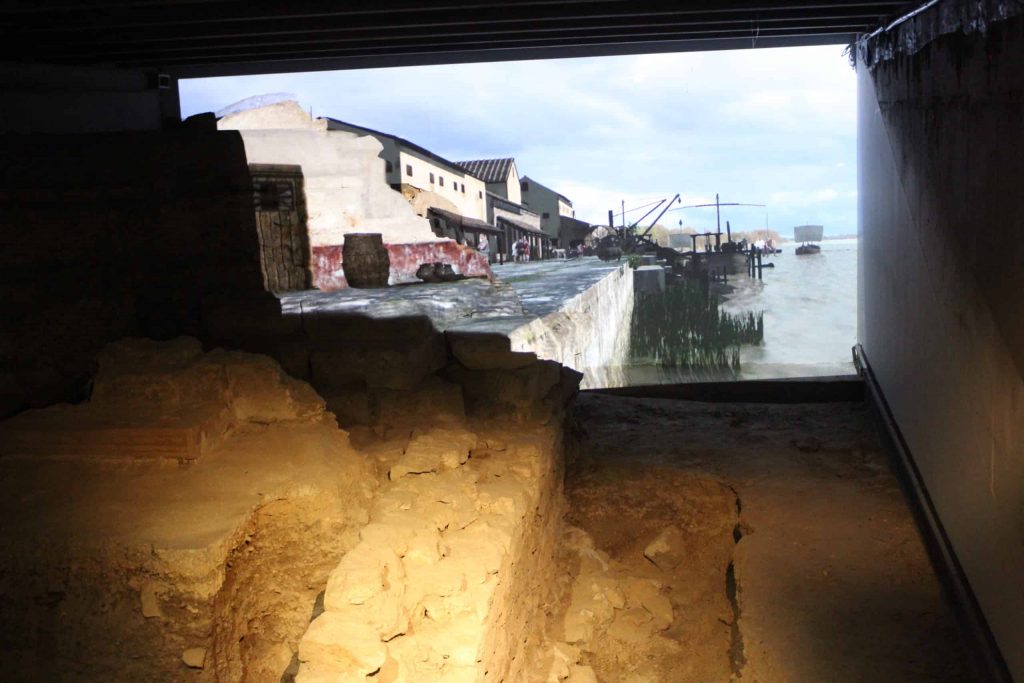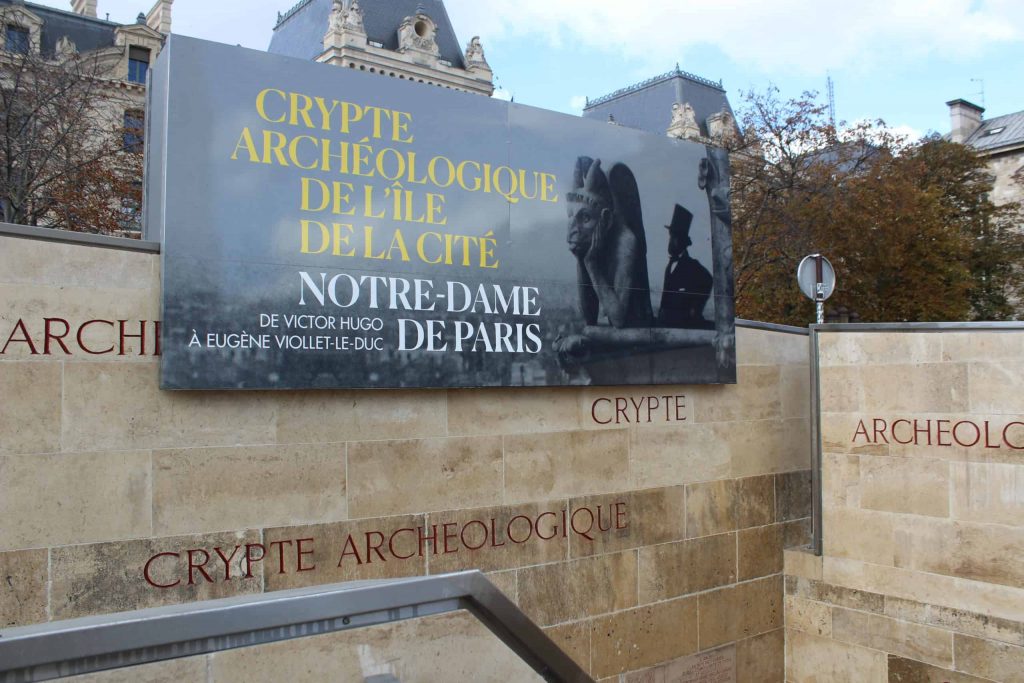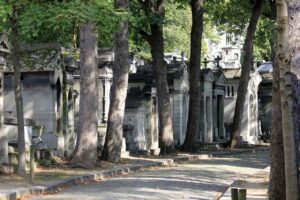Most people are surprised when I tell them that the Eiffel Tower is not the most visited monument in Paris. It may be one of the most famous tourist sites in the world, but when it comes to the number of visitors, Notre Dame Cathedral has it beat. Prior to the fire of 2019, approximately 11 million people would pass through the cathedral’s doors every year. But how many of those people knew about the treasures that were located right under their feet? Not many, in my experience. Which is such a shame, because the archeological crypt of the Île de la Cité is an incredible site to visit. Especially if you are interested in the ancient history of Paris.
The land where Paris now stands has been inhabited for over 2,500 years. Its earliest settlers were a Celtic tribe called the Parisii. And yes, that is where Paris gets its name. The Romans conquered the Parisii in 52 BCE, and quickly established the town of Lutetia on the Île de la Cité and the left bank of the Seine. Lutetia was eventually named the capital of the western Roman Empire, before invading Franks put an end to Roman rule in the 5th century. Unfortunately, due to the incredibly destructive Viking invasions of the 9th century, not much of this ancient period still exists today. The largest remains are the Arènes de Lutèce, as well as the thermal baths of the Cluny Museum in the Latin Quarter. But the most impressive by far are the remains in the archeological crypt under Notre Dame.

I managed to visit the archeological crypt last fall before the second lockdown began. An exhibition dedicated to Victor Hugo and The Hunchback of Notre Dame had recently opened, so I decided it was time for another visit. While I enjoyed the exhibition, I was once again blown away by the Roman ruins that are on display in this museum. In a word, they are simply incredible. There are Roman baths and archways, pillars and walls. There’s clear outlines of buildings and roads, and you can still see the stonemasons’ marks carved into their work. And the fact that these structures have survived for over 2,000 years just makes it all that much more impressive.
The museum also does a wonderful job of giving visitors the historical context of the space. There are multiple places where videos play virtual simulations of what Lutetia looked like during the Roman Empire. These videos are overlaid with today’s landmarks to let you know exactly where everything is in relation to each other. What’s more, it gives you an amazing sense of the magnitude of the history that is contained within the Île de la Cité. The centuries and millennia of people who have made this land their home.

My personal favourite part of the museum is the ruins/simulation of a Roman port. Part of the wall where traders would dock along the river still exists. And for the rest, a screen and animated backdrop completes the picture of what this exact spot looked like thousands of years ago. I stood there for nearly half an hour looking at the scene and imagining what life was like back then. Again, the magnitude of the history directly under my feet was incredible.
I hope that people will be able to visit Paris again soon. I hope that they come to the Île de la Cité to see the beautiful facade of Notre Dame, even if the building will be closed for the foreseeable future. But afterwards, I hope people will take an hour to go underground and explore the ancient ruins of the archeological crypt. It’s not just a pile of rocks. It’s an extraordinary monument to the history of this city. All 2,500 years of it.
Laura Moore is a professional storyteller who loves history and the many stories that make Paris one of the most fascinating cities in the world. Join one of her signature tours to learn the story of a city.




